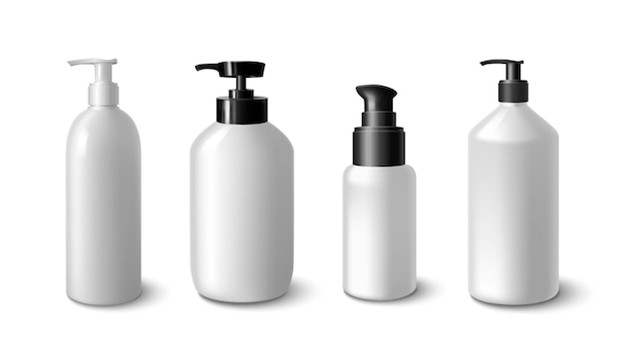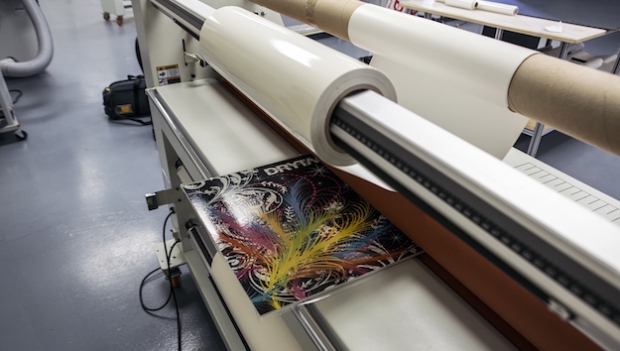Vegetable canning
Vacuum is employed to retard oxidative aerobic (or air loving) microorganisms.
Dried Foods:
"Instant" beverages such as coffee, freeze dried and vacuum dried foods contain very low levels of moisture in the range 1-3%.
Dried foods which contain only 1-3% moisture have erh values which are below 20% and may even be below 10%. As the humidity of ambient air is rarely in this low range, such foods absorb water vapour freely from the air surrounding them. These foods often have a porous nature and a high surface to weight ratio, thereby increasing the hygroscopicity uptake of water vapour may be so rapid that packaging is done in an air-condiioned room in which low RH is maintained. Some very low moisture dried foods are highly susceptible to oxidative deterioration, so they must be packaged in container which are impermeable to water vapor and to oxygen. Hermetically sealed jars, lever lid cans and heat-sealable multiwall laminates witha foil layer are generally used. They are often packed initially under vacuum or in an inert gas. Many like "instant" coffee, must be packed in resealable containers. These products are relatively expensive and can toletae expensive packaging. If they are inadequately packaged, they cake and will not reconstitute, and can also lose much of their volatile flavouring components. In package desiccants, or oxygen scavangers are sometimes sealed in with dried foods which are susceptible to deterioriation caused by minor changes in moisture or oxygen level. The packages for these scavangers must transmit gases and vapours but be sift-proof to avoid contaminating the food.








Comments